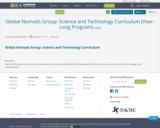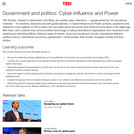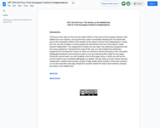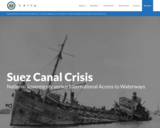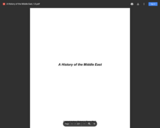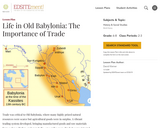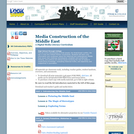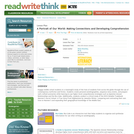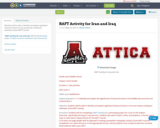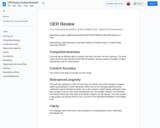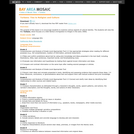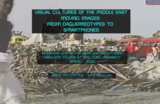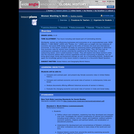
The Middle East conflict and terrorism are issues we hear about almost daily in the news. This lesson will use video clips from WIDE ANGLE's 'Suicide Bombers' (2004), Internet sites, and primary sources to examine the roots of the Middle East conflict. The video contains interviews with young Palestinians who participated -- or intended to participate -- in suicide bombings. These young Palestinians share the personal, religious, political and emotional reasons behind their participation in these suicide operations. This lesson could be used to review information about the three major monotheistic religions and their connections to Israel, to relate post-World War II policies to the current political state of the Middle East, and/or to get students to understand the roots of the terrorism that threatens the world we live in.
- Subject:
- History
- World History
- Material Type:
- Activity/Lab
- Lesson Plan
- Teaching/Learning Strategy
- Provider:
- Thirteen/WNET New York
- Provider Set:
- WIDE ANGLE: Window into Global History
- Author:
- Heather Auletta
- Date Added:
- 05/19/2006
